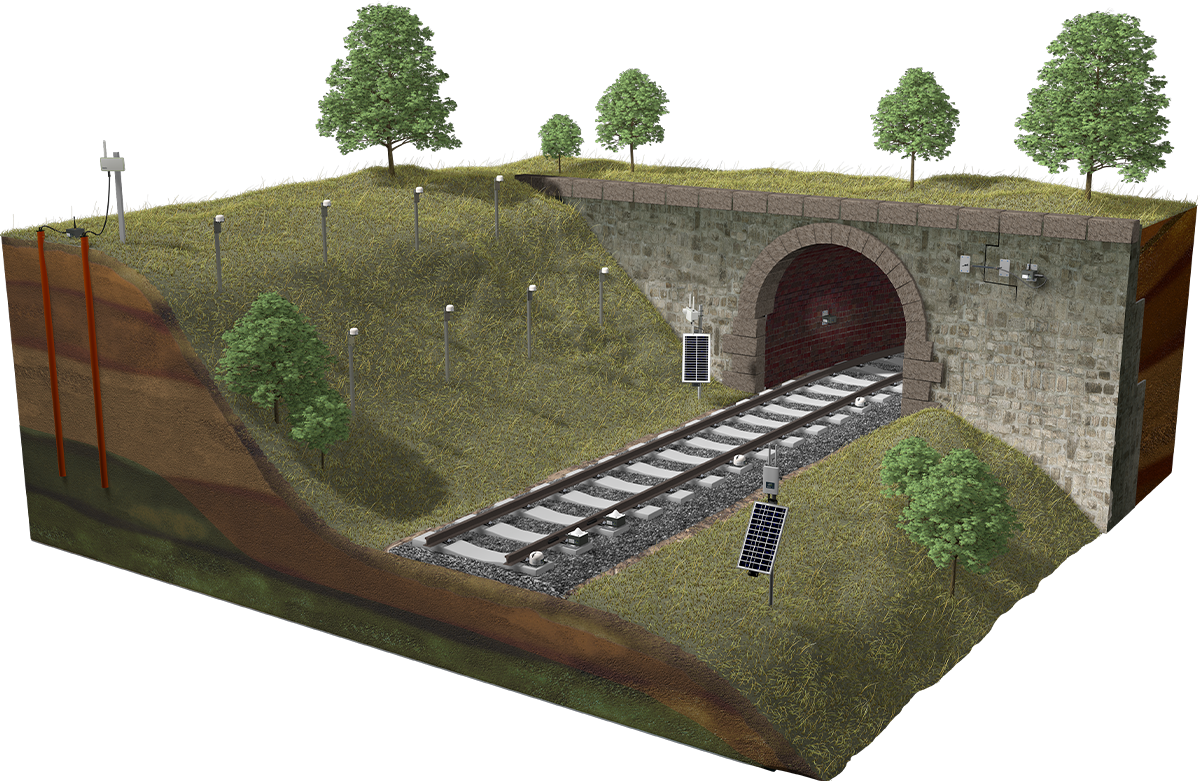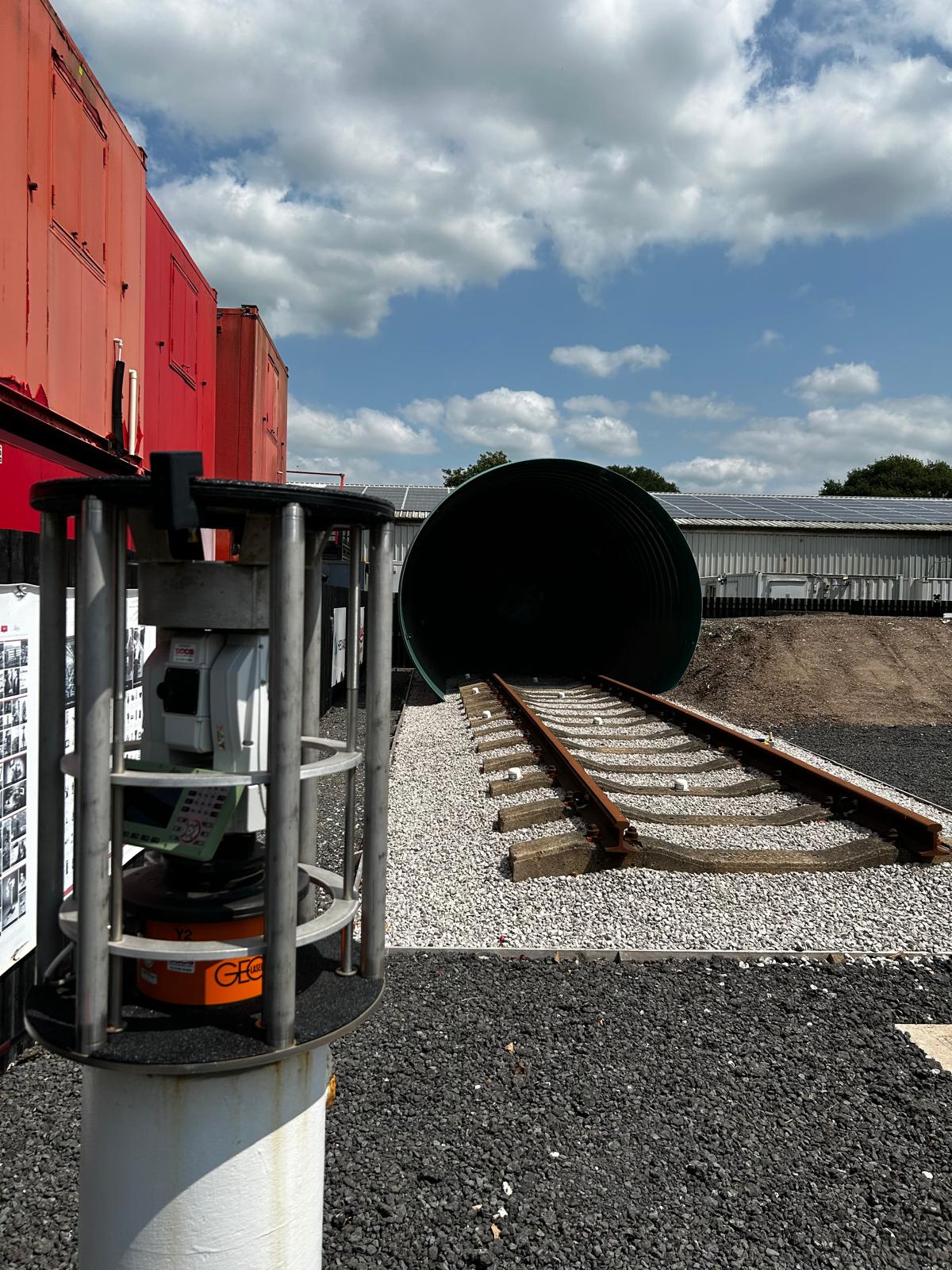
Why Long-Term Structural Monitoring Is Critical for Infrastructure Assets
September 6, 2025 1:01 pmPicture this: you’re standing under a busy city bridge or walking into a public building that’s been there for decades, maybe longer. Ever wondered how these giants manage to keep standing year after year, weathering storms, traffic, and the relentless test of time? I have, plenty of times. The truth is, infrastructure is pushed to its limits far more often than most of us imagine.
This is where long-term structural monitoring comes into its own. Forget ticking a box or just following regulations. Think of it as putting your finger on the pulse of each bridge, tunnel, or railway. We’re talking about constant, real-world insight, not just the odd snapshot from an occasional inspection.
So, what exactly are structural monitoring surveys? In simple terms, they’re a way of keeping a constant eye on your assets’ health, using sensors and smart technology to spot subtle shifts and strains. Unlike one-off inspections, which give you a single moment in time, this approach captures every tiny movement, crack, or bit of pressure as it happens. It means you’re on the front foot, not playing catch-up. I’ve found it’s a game changer for anyone tasked with looking after structures like bridges, high-rises, heritage sites or tunnels, and even the endless parade of motorways and train lines up and down the country.
Why does it really matter, though?
Well, no matter how well something is built, the years, the weather, and the weight of daily use will eventually take their toll. Visual checks do help, but honestly, they can miss the early warning signs – those tiny cracks or slow shifts that seem insignificant until, suddenly, they’re not. It’s always easier to fix a problem before it snowballs. Structural monitoring gives you that heads-up.
Here’s what you actually get from this approach. Early detection is a big one. It lets you spot trouble while it’s still just a minor inconvenience, not a crisis. I’ve worked on projects where a quick intervention, thanks to clear monitoring data, meant dodging months of repairs and disruption. There’s also the sheer peace of mind – knowing that if something’s starting to go wrong, you’ll find out first. And in today’s world, with regulations tighter than ever, that ongoing record is worth its weight in gold, not just for compliance, but for future planning too.
The technology behind all this? It’s moved on so much in the last few years. Sensors and data loggers – think tiltmeters, strain gauges, vibration monitors – quietly working away 24/7. Old-school manual checks are slowly being swapped out for clever automated systems that never switch off. Want to know what’s happening while you’re offsite? You’re sorted. You can pull up real-time dashboards from anywhere, see alerts if something’s out of shape, and even tie it in with digital twins and BIM systems for a full, data-rich picture. It makes asset management a completely different job.

What can you use it for?
Honestly, nearly everything big you can build. Bridges and viaducts need to be checked for movement and stress from both traffic and the elements. Tunnels and retaining walls? Monitor for any shift, seepage, or vibration risk. Buildings, whether they’re new or older, really benefit from that constant check-in, especially as tenants change and the years tick by. Out on the highways or down at the rails, you can spot subsidence or undue vibration before it gets out of hand. Even dams, culverts, and pipelines can be watched for leaks or shifting. That kind of early warning can turn a potential disaster into a manageable fix.
Now, if you own or manage these assets, you’re not just saving yourself a world of pain. You’re actually saving money. Scheduled, predictive maintenance based on real-time data means you’re fixing exactly what needs fixing, when it needs it – not shelling out for emergency repairs or patching up what could have lasted another few years. You’ll have proof on hand for insurers or regulators, making submissions and claims ten times simpler. Plus, you get to plan budgets and asset lifecycles with real confidence, knowing you’re making decisions based on hard evidence rather than guesswork.
At Castle Surveys, we know there’s never a one-size-fits-all solution. Every project, whether it’s a Victorian railway or a brand new office block, brings its own quirks and challenges. That’s why we work closely with our clients, combining hands-on expertise with the latest monitoring kit to deliver tailored solutions that actually fit your goals. We’re with you from set-up and calibration, through to long-term reporting and, crucially, helping make sense of all that data. No jargon, just insight you can act on.

Curious about how our monitoring plugs into everything else – from topographic surveys and measured building surveys to quality assurance surveys and reports? Give us a shout. We’re always keen to chat through what’s possible and help you find the right fit.
Ultimately, long-term structural monitoring is more than just a clever tool. It’s a partnership for the future of your assets – a way to stay ahead of the game, keep people safe, and stretch those budgets for all they’re worth. If you’re ready to take your asset management up a notch, get in touch with Castle Surveys. We’d love to help you do things smarter, safer, and with a bit more peace of mind built in.
This post was written by Paul Jackson

Comments are closed here.